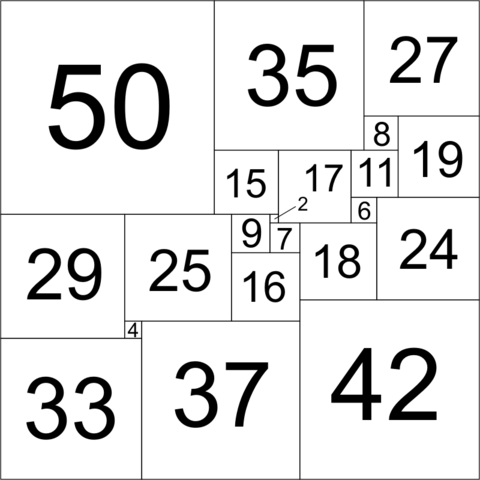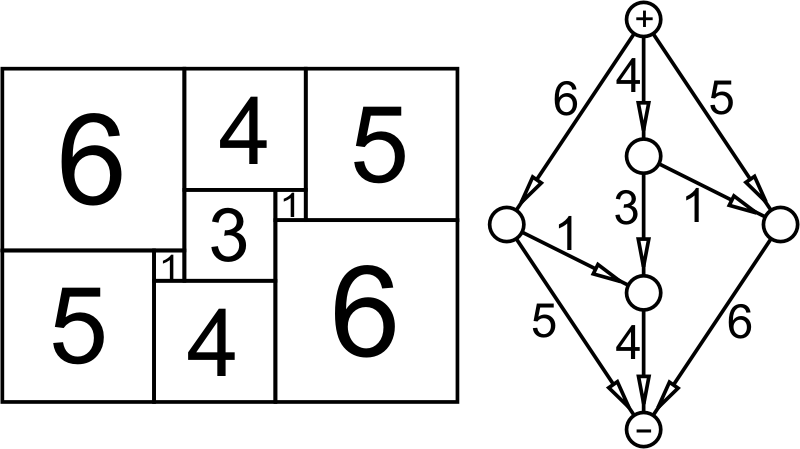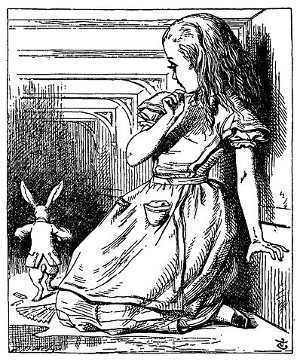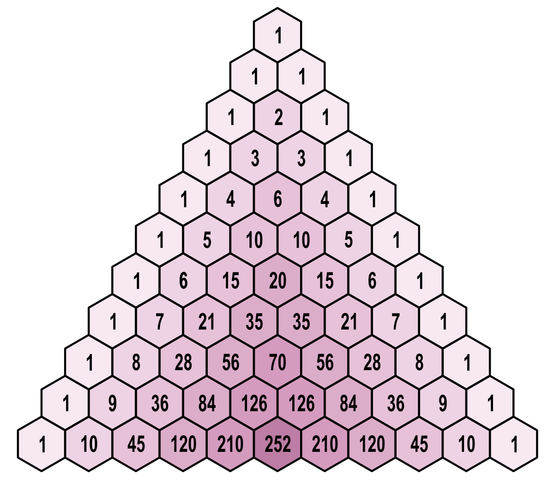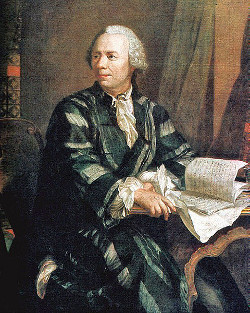For what it’s worth: In 2015 University of Wisconsin psychologists Megan Savage and Charles Snowdon considered that music might appeal better to other species if it used the same tempos and frequency ranges that they use to communicate.
Accordingly they got musician David Teie to compose three songs that ought to appeal to felines and tried them out on 47 domestic cats, comparing their reactions to Bach’s “Air on a G String” and Fauré’s “Elegie.” The cat music was pitched about an octave higher than human voices, and its tempos replicated purring and suckling rather than a human heartbeat.
The cats showed no interest in the music intended for humans, but they showed a “significant preference for and interest in” Teie’s cat-targeted songs, approaching the speakers and often rubbing their scent glands on them. Also, for some reason young and old cats seemed to like the cat music better than middle-aged ones.
Savage and Snowdon conclude that these results “suggest novel and more appropriate ways for using music as auditory enrichment for nonhuman animals.” Here’s a sample to try on your own cat:
(Charles T. Snowdon, David Teie, and Megan Savage, “Cats Prefer Species-Appropriate Music,” Applied Animal Behaviour Science 166 [May 2015], 106–111.) (Thanks, Noah.)


